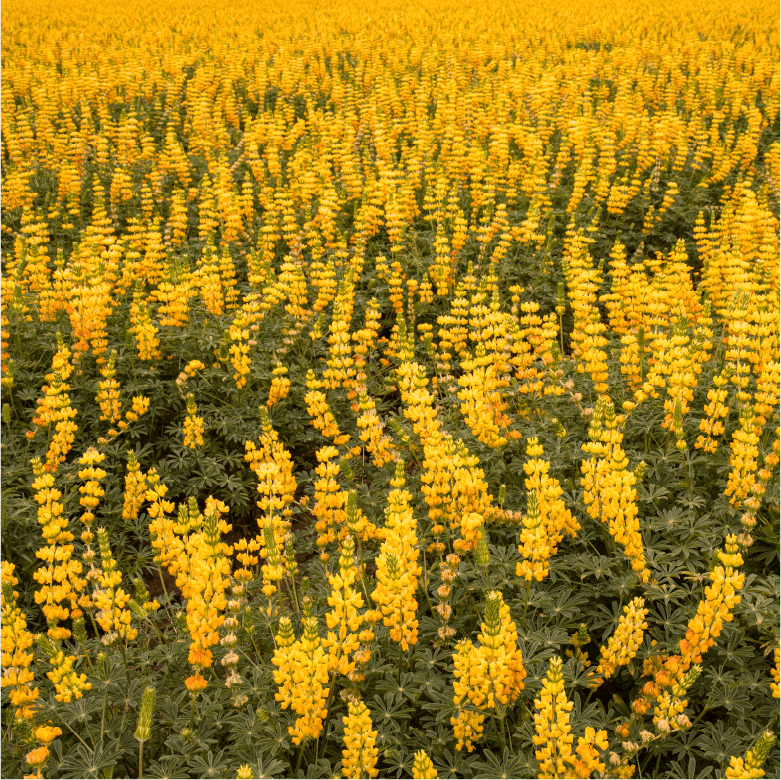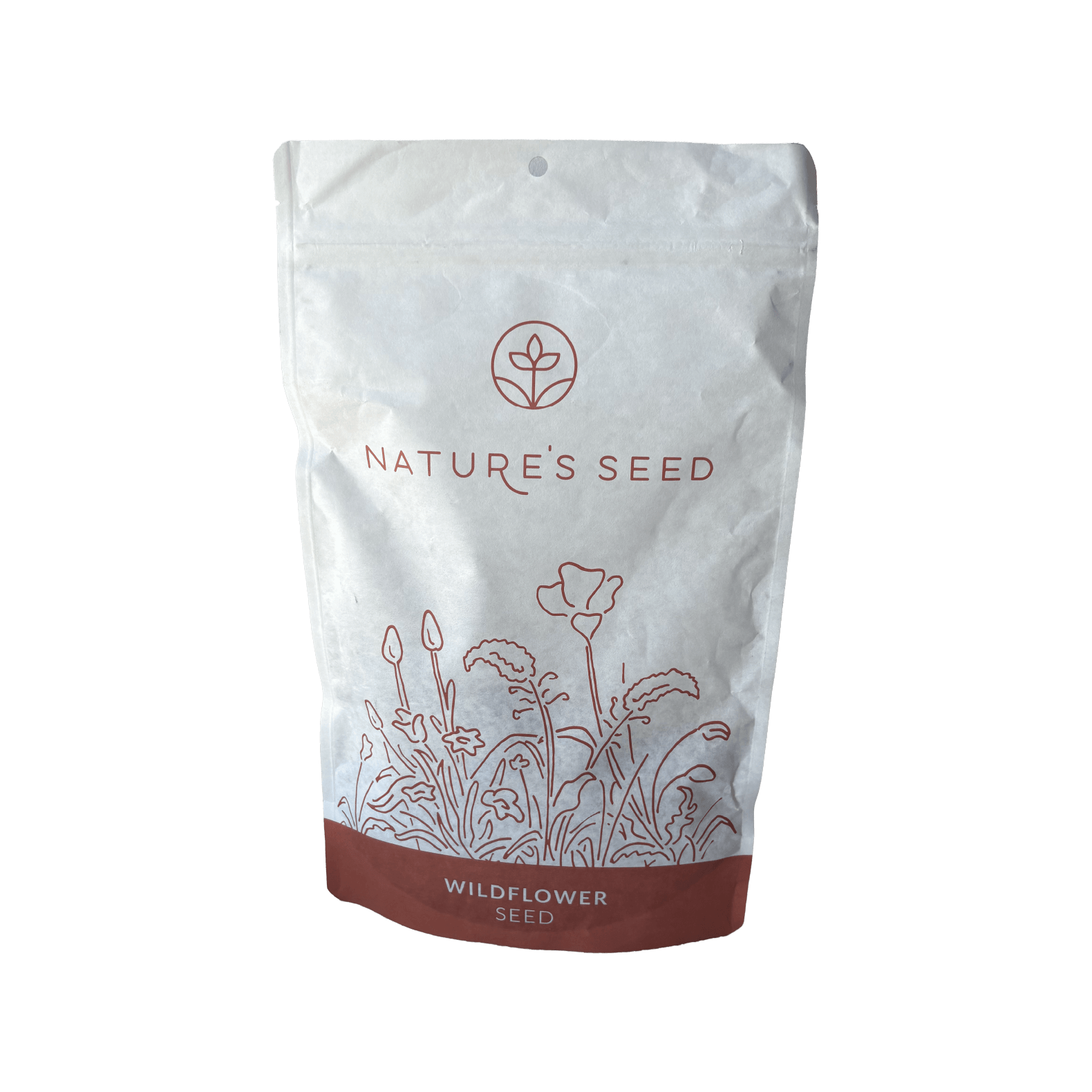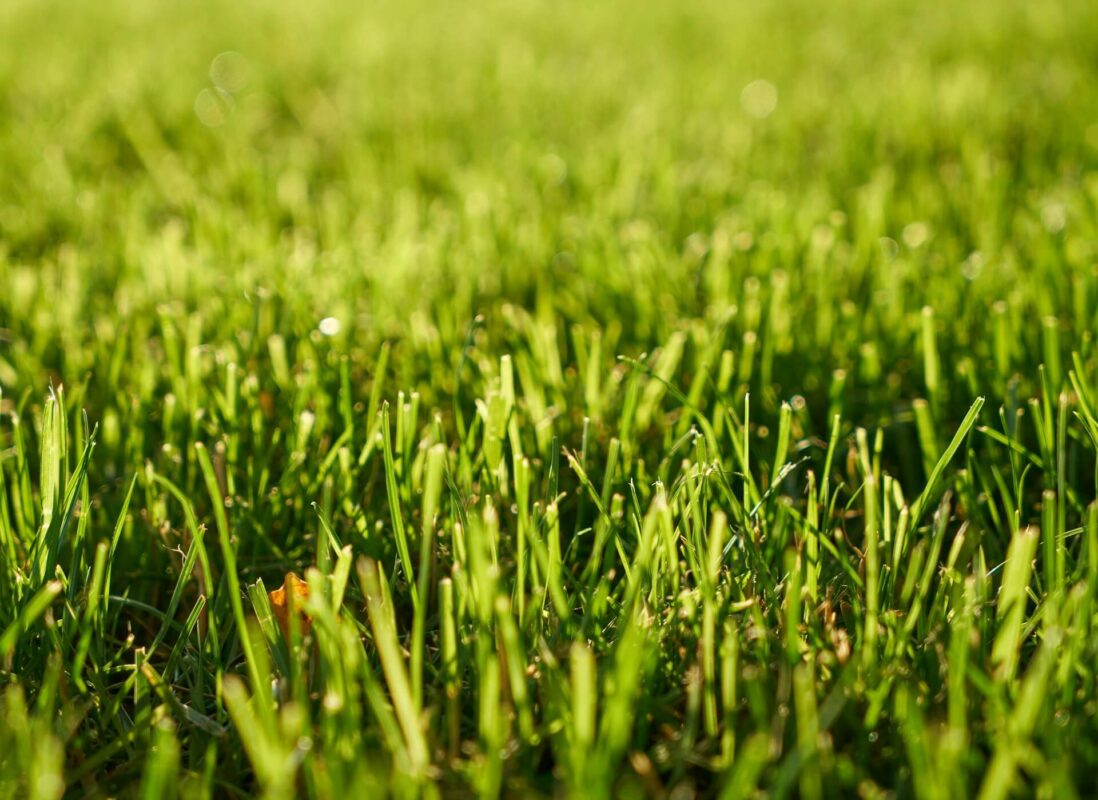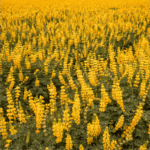
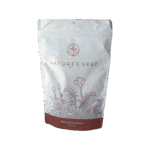
What is Yellow Lupine?
This seed was collected in Yolo County, CA, and grown at Hedgerow Farms in Yolo County, CA.
Yellow Lupine (Lupinus microcarpus var. densiflorus), also called Golden Lupine, is a vibrant annual native to California. This variety, ‘Ed Gedling’, produces tall spikes of golden-yellow, sweet pea-like blossoms that light up spring landscapes. As a nitrogen-fixing legume, it improves soil fertility while it grows—useful for cover cropping or enriching poor soils. Yellow Lupine thrives in open, sunny locations and tolerates clay and alkaline soils, blooming profusely where many flowers won’t. Pollinators flock to its fragrant blooms, especially native bees and butterflies. Fast-growing and low-maintenance, it brings ecological benefits and brilliant color to meadows, borders, and restoration plantings with minimal water once established.
Specifications
Sun Requirement
Full Sun
Soil Preference
Well-drained but tolerates heavy clay and nutrient-poor soils
Soil pH
Broadly tolerant, including alkaline soils
Time to Maturity
~90–110 days (spring bloom after fall planting)
Height when mature
2–3 ft tall
Seeding Rate
10–15 lbs per acre (broadcast)
Planting Depth
1/8 inch—cover lightly
Yellow Lupine
Lupinus microcarpus var. densiflorus | SKU: W-LUMI
Check your ZIP code to know if this seed works for you
Check Your ZIP Code
×Enter your ZIP code to see if this seed works in your region:
Why Choose This Seed?

Brilliant Spring Color
Masses of golden flower spikes attract attention and pollinators. When individual flowers are pollinated, they turn a dark orange and sometimes even a red color for a beautiful gradient.
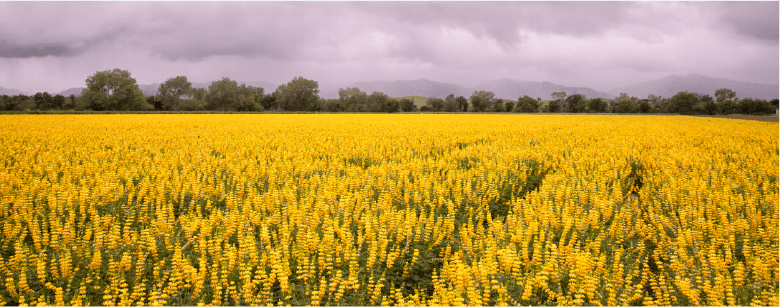
Soil-Enriching Legume
Like other lupines, Yellow Lupine has a close relationship with rhizobium, a root bacterium, enables it to fix nitrogen in the soil, helping the plants to survive in nutrient-depleted or infertile soils, including clay.
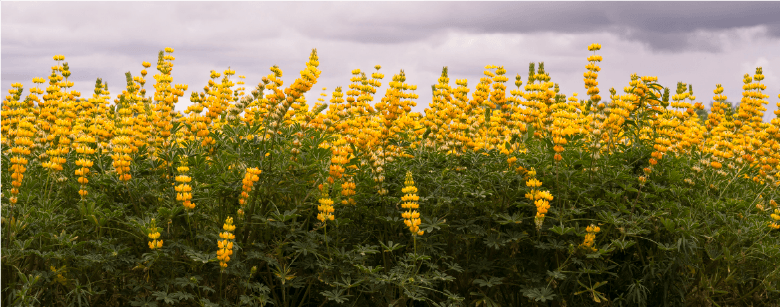
Easy & Adaptable
Yellow lupine is well adapted to open, sunny locations, and will tolerate moderate amounts of water. It grows vigorously in sun and a wide range of soils, including clay.
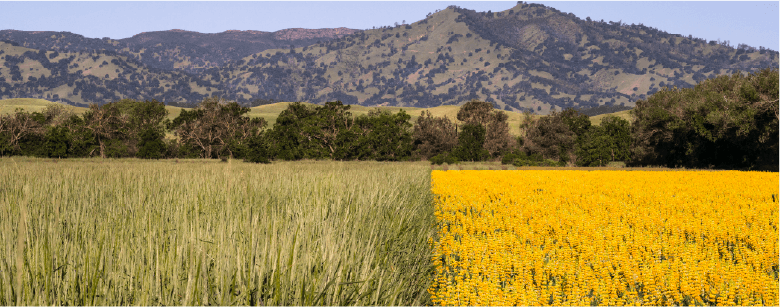
Build Soil Health
This annual has rapid growth and deep roots which help stabilize soil on slopes.

Pollinator Magnet
Yellow lupine boastsright, fragrant blooms that draw native bees and butterflies.
Seed Description
Product Details
Sun/Shade
Full Sun
Height
2–3 ft
Seeding Rate
10–15 lbs/acre
Uses
Wildflower meadows, soil improvement (green manure), erosion control, pollinator gardens
Color
Golden yellow flower spikes
Water
Low to Moderate—moisture for establishment; prefers dry once established
Native/Introduced
California
Life Form
Legume
Planting Guide
When to Start & Weed Control
Start prepping your planting area in fall, so that you are ready to seed between late September and early February, when temperatures cool and rain is on the horizon.
Weed your growing area BEFORE planting any native seeds. We recommend not only pulling visible weeds but also “flushing out” the weed seeds that are waiting in the soil. Irrigate the area and wait for weed seeds to germinate, then remove them using your method of choice. Irrigate again, wait, and perform another round of weed control. Repeat 2-3 times.
Soil Prep
Ensure your soil is as bare as possible for the maximum amount of seed-to-soil contact. If the entire area can’t be completely cleared, rake out as much dead plant material from the area as you can to create bare patches of soil for the seed to make contact with. For best results, the soil should be easily crumbled and not heavily compacted.
Seeding
It is best to seed onto slightly damp soil. If necessary, water the top 1/4 inch of soil before seeding. Scatter seed directly on the soil surface and rake gently or lightly press the seed into the soil. Do not bury the seed deeper than 1/4 inch into the soil.
Water
After planting, keep the top 1/4 inch of soil consistently moist until the seeds have germinated and the first true leaves have emerged. A good rule is to water lightly every day intul the seedlings are an inch high, then you can reduce watering to every 3 days. Skip days when it rains. Within 6 weeks after germinating, your plants should need only occasional watering. Don’t over-water your plants, especially in summer.
Questions & Answers
When should I plant Yellow Lupine?
Late fall in Mediterranean climates for spring bloom; early spring in colder areas.
Do I need to treat the seeds?
No. Scarifying/soaking may improve germination; inoculants can boost nitrogen-fixing, but no treatment is necessary.
Will it grow in clay soil?
Yes—this species is well adapted to heavy clay.
Is lupine poisonous to livestock or pets?
All lupines contain alkaloids, which may lead to indigestion or illness, so it is best to avoid grazing/ingestion.
Do Yellow Lupines return every year?
Yellow lupines eseeds readily.
How tall does it grow?
Typically, Yellow lupine can grow from 2–3 ft depending on site conditions.
Still have
questions?
Our planting experts
are here to help.
customercare@naturesseed.com
Response time:
Within 1 business day
Reviews
| Coverage Area | , , |
|---|
Related Products
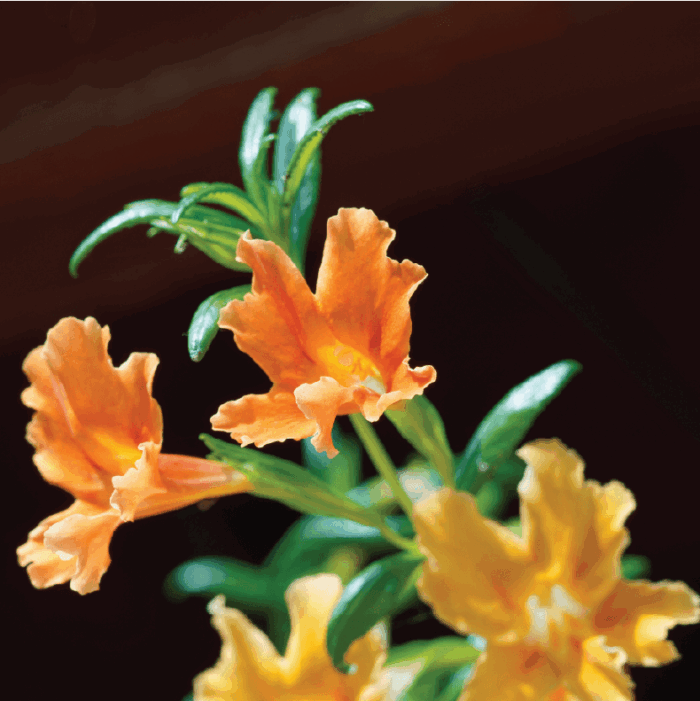
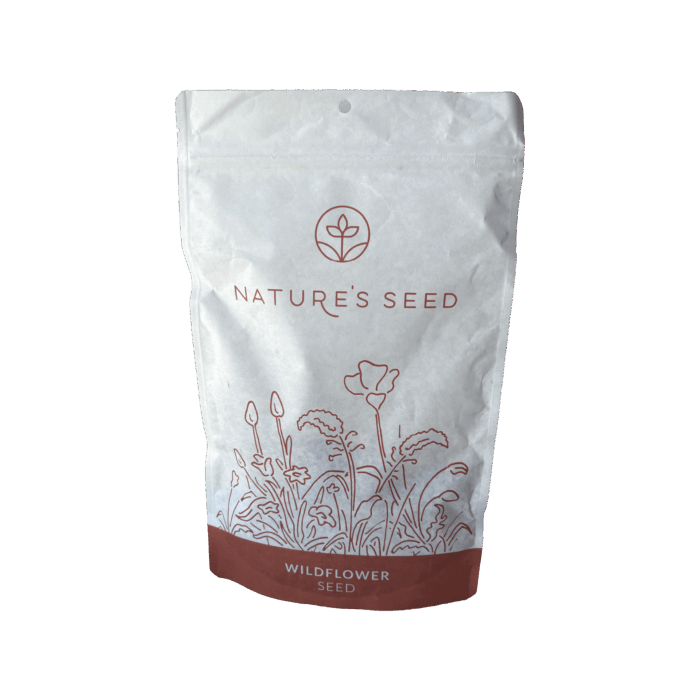
Bush Monkeyflower
(4.7) - 145 reviews
$67.96/lb
Hillside stabilization, wildlife gardens, coastal gardens, large containers
Southern USDA Regions (8-10), Transitional USDA Regions (6-8)
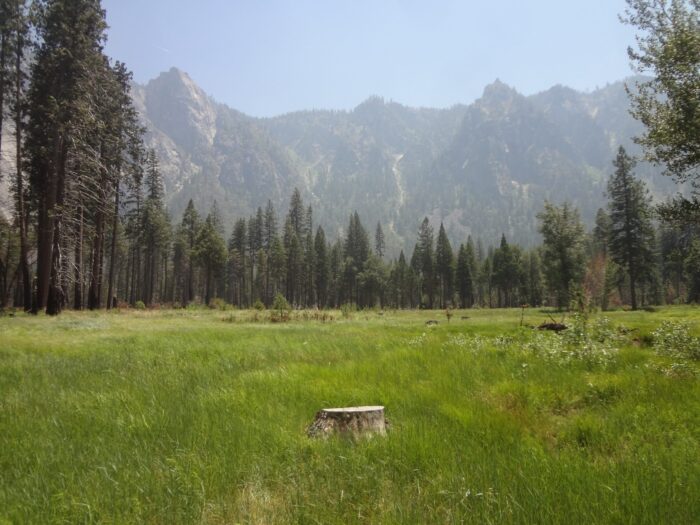
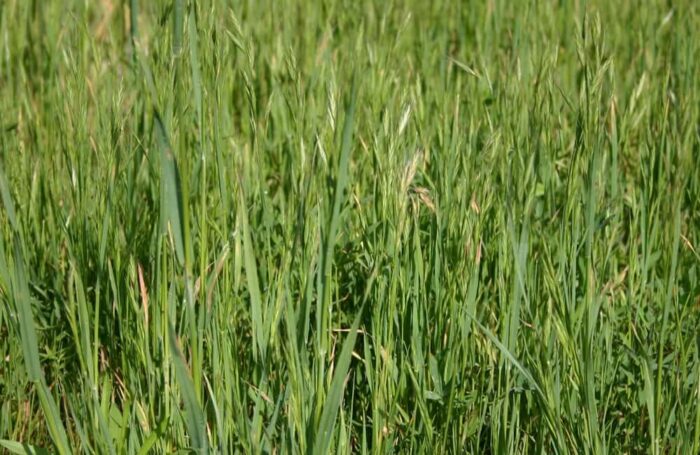
California Native Erosion Control Mix
(4.7) - 145 reviews
$35.00/lb
Erosion control, Sustainable landscaping, Wildlife Corridors, Native Meadows, Habitat restoration
Southern USDA Regions (8-10), Transitional USDA Regions (6-8)
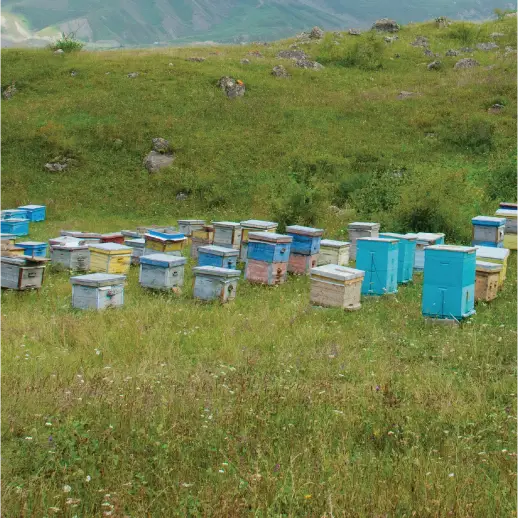
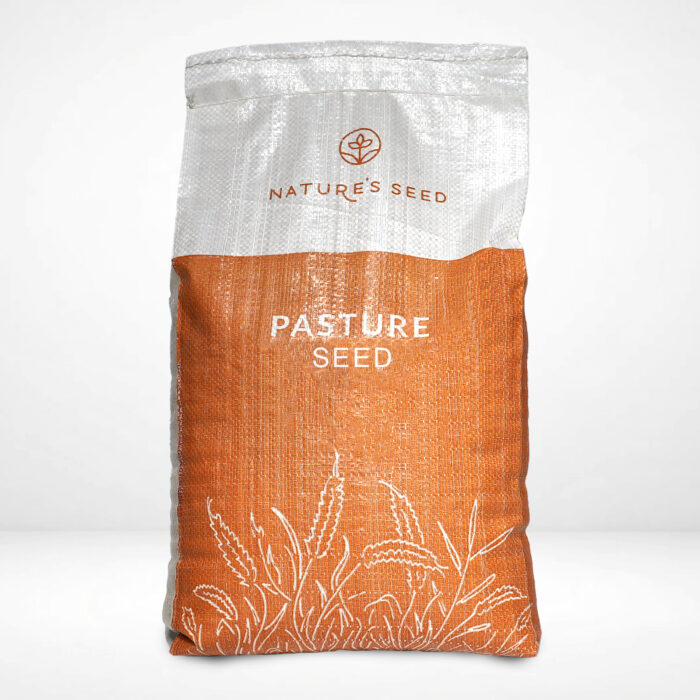
Honey Bee Cover Crop & Pasture Mix
(4.7) - 145 reviews
$10.00/lb
Honey Bee
Northern USDA Regions (3-5), Southern USDA Regions (8-10), Transitional USDA Regions (6-8)
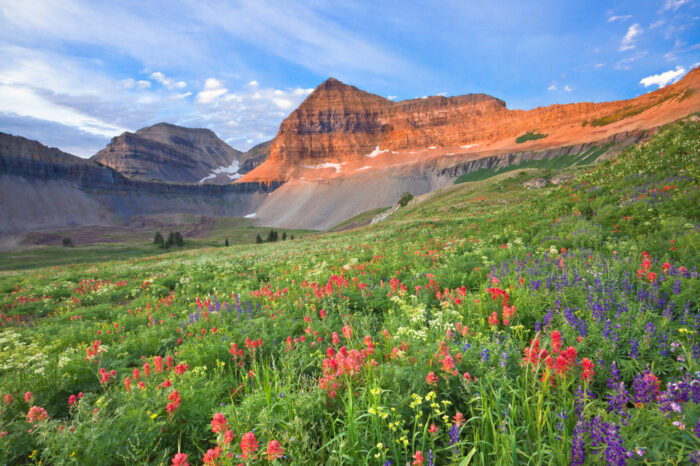
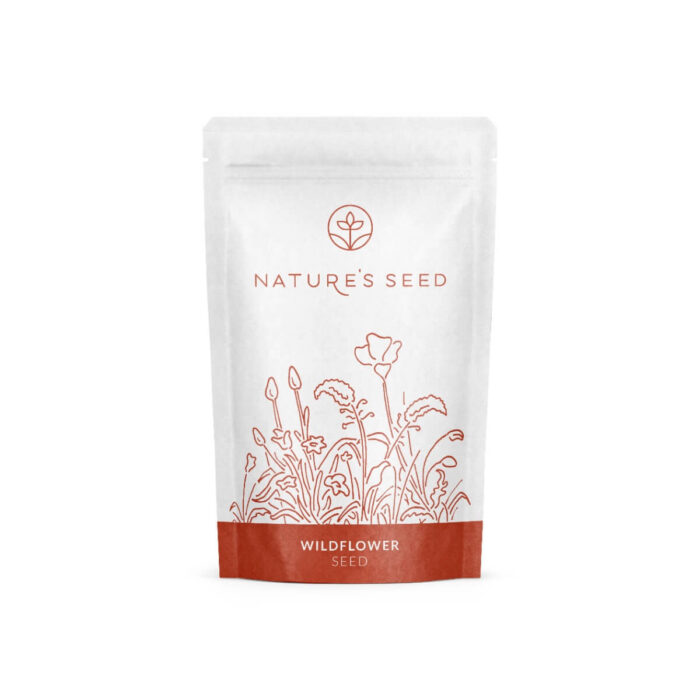
Rocky Mountain Wildflower Mix
(4.7) - 145 reviews
$25.99/lb
Ornamental gardens, pollinator plots, naturalized wildflower meadows, and even erosion control or land reclamation projects
Northern USDA Regions (3-5), Transitional USDA Regions (6-8)


Thingrass
(4.7) - 145 reviews
$90.99/lb
Lawn Alternative, Ornamental, Erosion Control, Wilflower Habitat
Southern USDA Regions (8-10), Transitional USDA Regions (6-8)
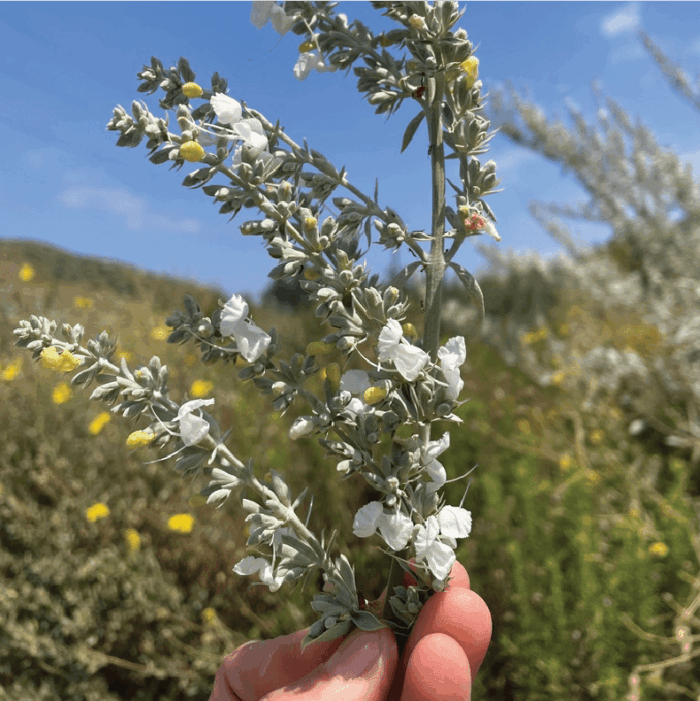

White Sage
(4.7) - 145 reviews
$111.96/lb
Drought-tolerant landscapes, habitat gardens, sensory/herb gardens, dry slopes
Southern USDA Regions (8-10), Transitional USDA Regions (6-8)
